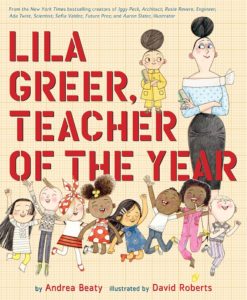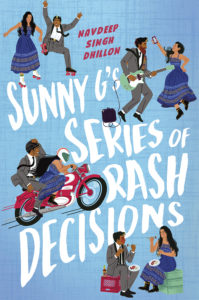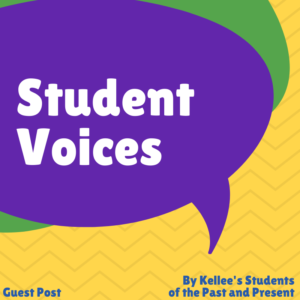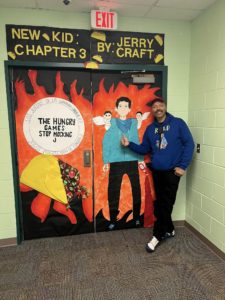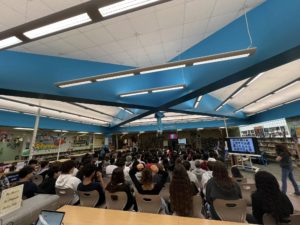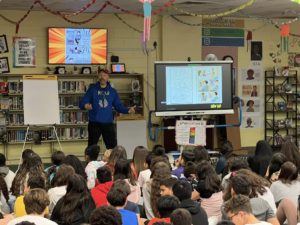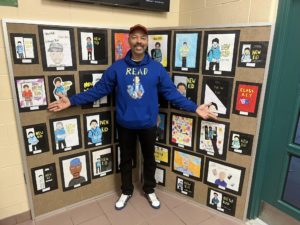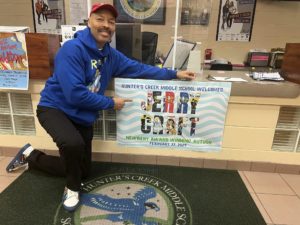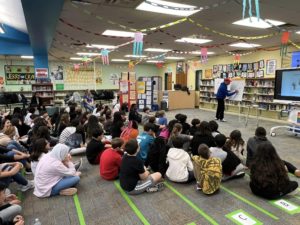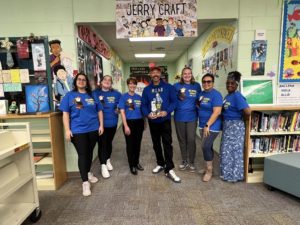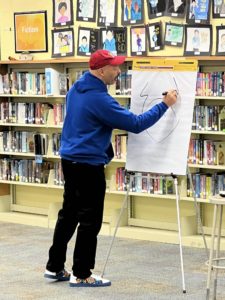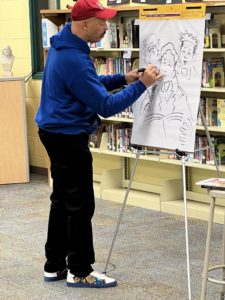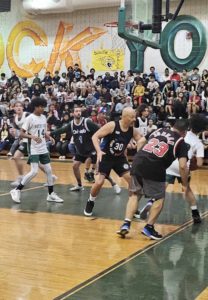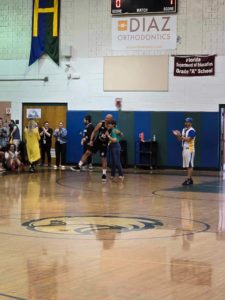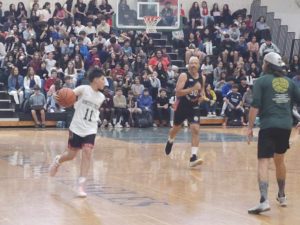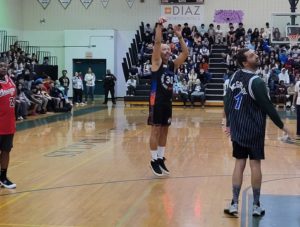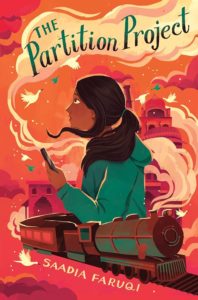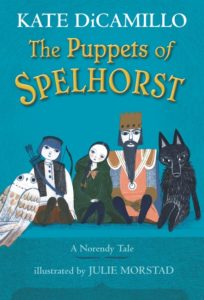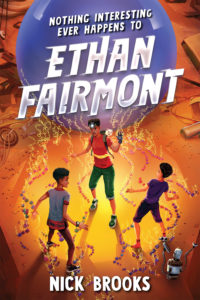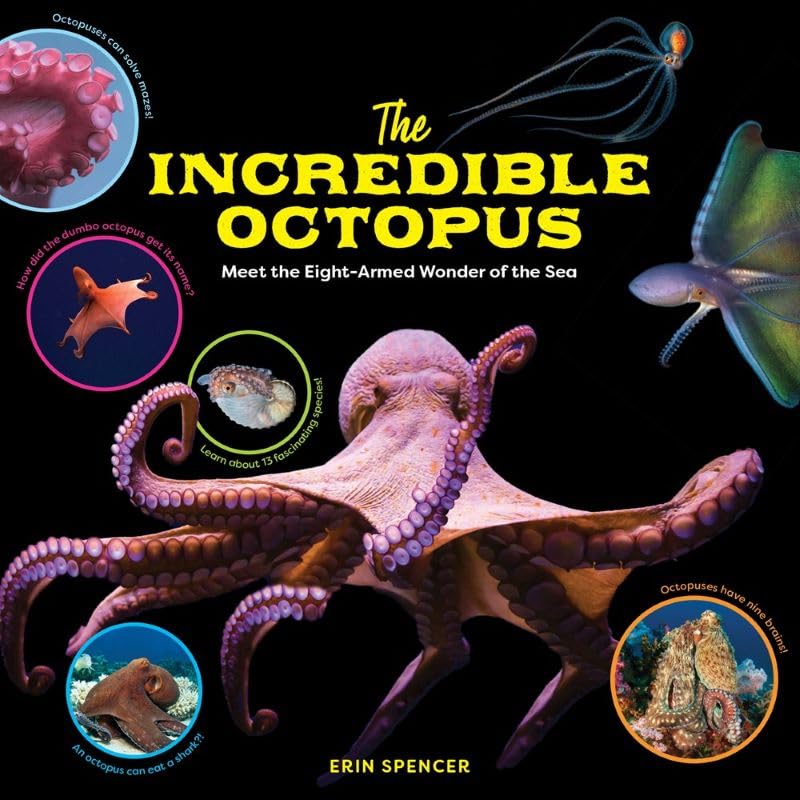
The Incredible Octopus: Meet the Eight-Armed Wonder of the Sea
Author: Erin Spencer
Published: April 16th, 2024 by Storey Publishing
Summary: Packed with mesmerizing undersea photography, this book invites kids to explore the fascinating behavior and intelligence of this remarkable creature of the deep.
The Incredible Octopus combines amazing photos with in-depth facts to get kids aged 7 and up excited about octopuses and the underwater world in which they live. Readers are introduced to the fascinating biology of the octopus, from its 3 hearts and 9 brains to suction cups and how they work, and learn all about what it’s like to be an octopus: how they use camouflage and ink, what they eat, and how they reproduce (nests and eggs!). The book also explores the intelligence and playfulness of this animal—and, of course, the famous stories of octopuses who escaped their tanks. Readers will meet 13 different species of octopuses and find out what makes them unique, from the most venomous and best disguised to the deepest and coldest. They’ll also get a glimpse into exciting octopus research, technology inspired by octopuses, and ways to help conserve our oceans.
About the Author: Erin Spencer is the author of The Incredible Octopus and The World of Coral Reefs. She is a marine ecologist and National Geographic Explorer whose articles, photos, and videos of marine life have been featured in National Geographic, PBS, CBS Sunday Morning, and in publications of Ocean Conservancy. She is an avid public speaker and has presented to National Geographic, the World Bank, MCON, and TEDx, as well as many school groups. Originally from Maryland, she now lives in South Florida where she studies great hammerhead sharks and their prey for her PhD.
Review: The octopus is truly incredible, and this book is a fantastic introduction to everything about these amazing animals. The book really does touch on a little bit of everything you’d want to know about octopuses with a text structure that makes sense: going from the biology of the octopus to their life, specific examples, and people & octopuses. I also think the author was very smart with their writing as well–while much of it is traditional informational nonfiction, the author included narrative elements, text features, and interviews to make the reading interesting in a whole other way.
I learned so much about octopuses, and they really are fascinating. I was sitting at my son’s karate dojo while I read, and I kept sharing facts with my husband and friend because I just was blown away by so many things in the book. I think a nonfiction book making me want to share things is one of the greatest compliments you can give!
This nonfiction book is a great one to read from front to back but is also one that can be perused by your nonfiction skimmers.
Teachers’ Tools for Navigation and Discussion Questions:
Please view and enjoy this curriculum guide from the publisher.
You can also access the educators’ guide here.
Flagged Spreads:
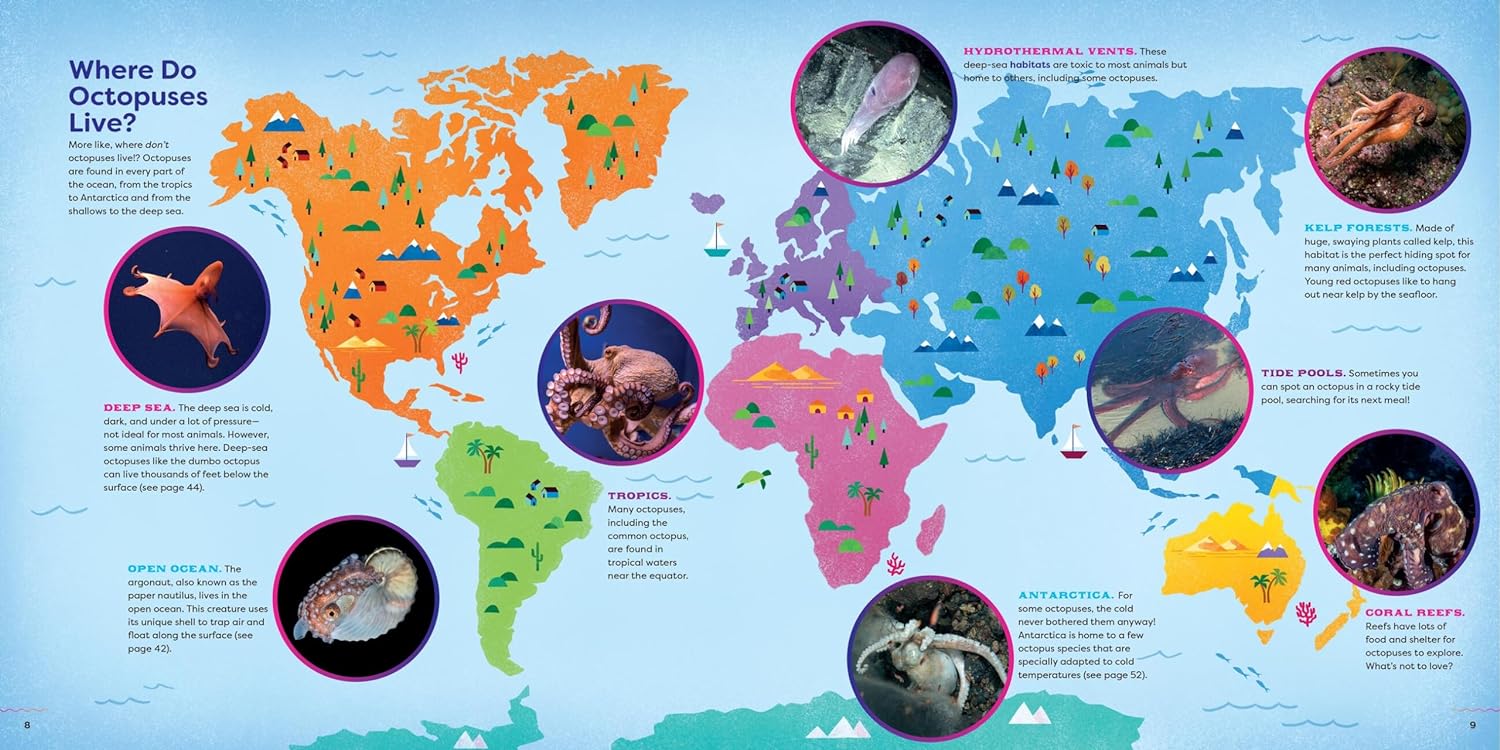
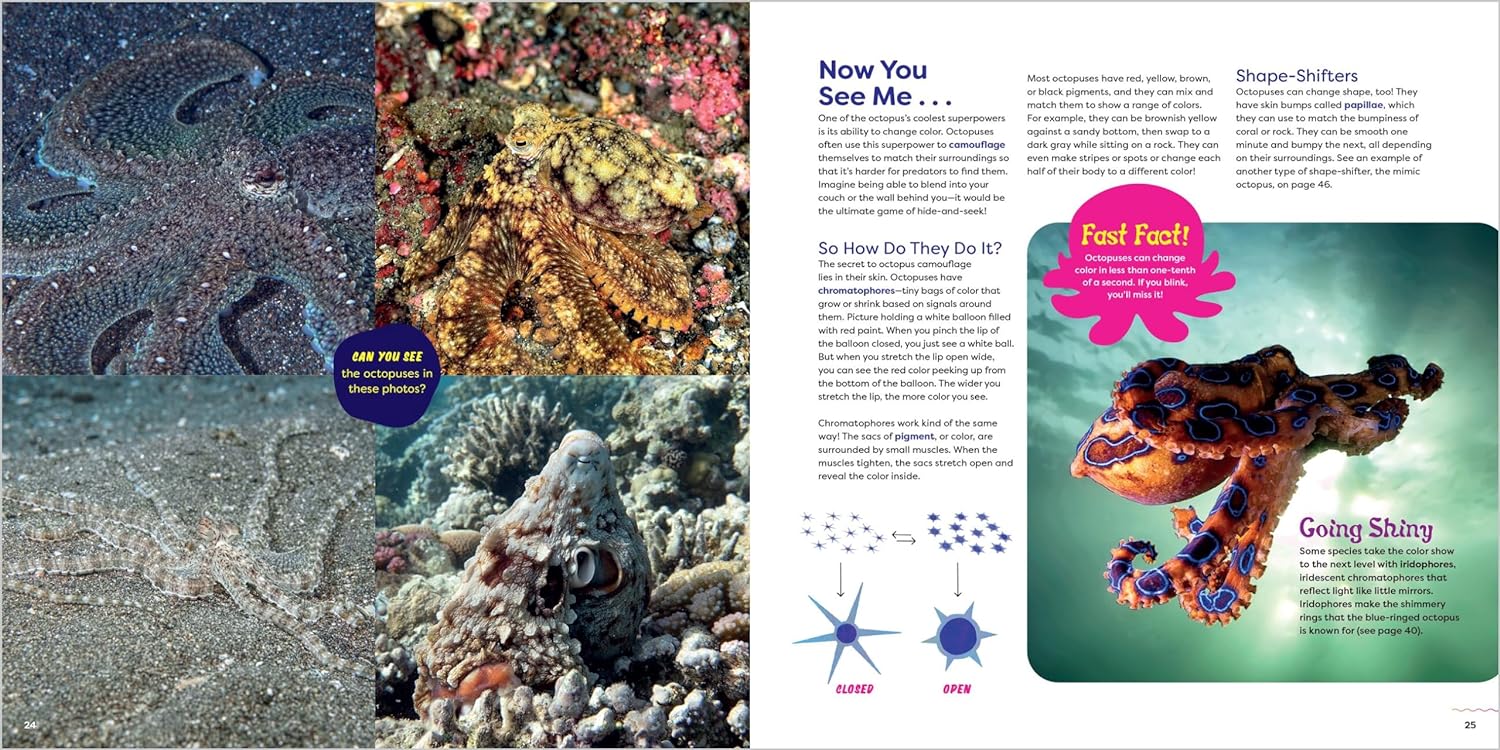
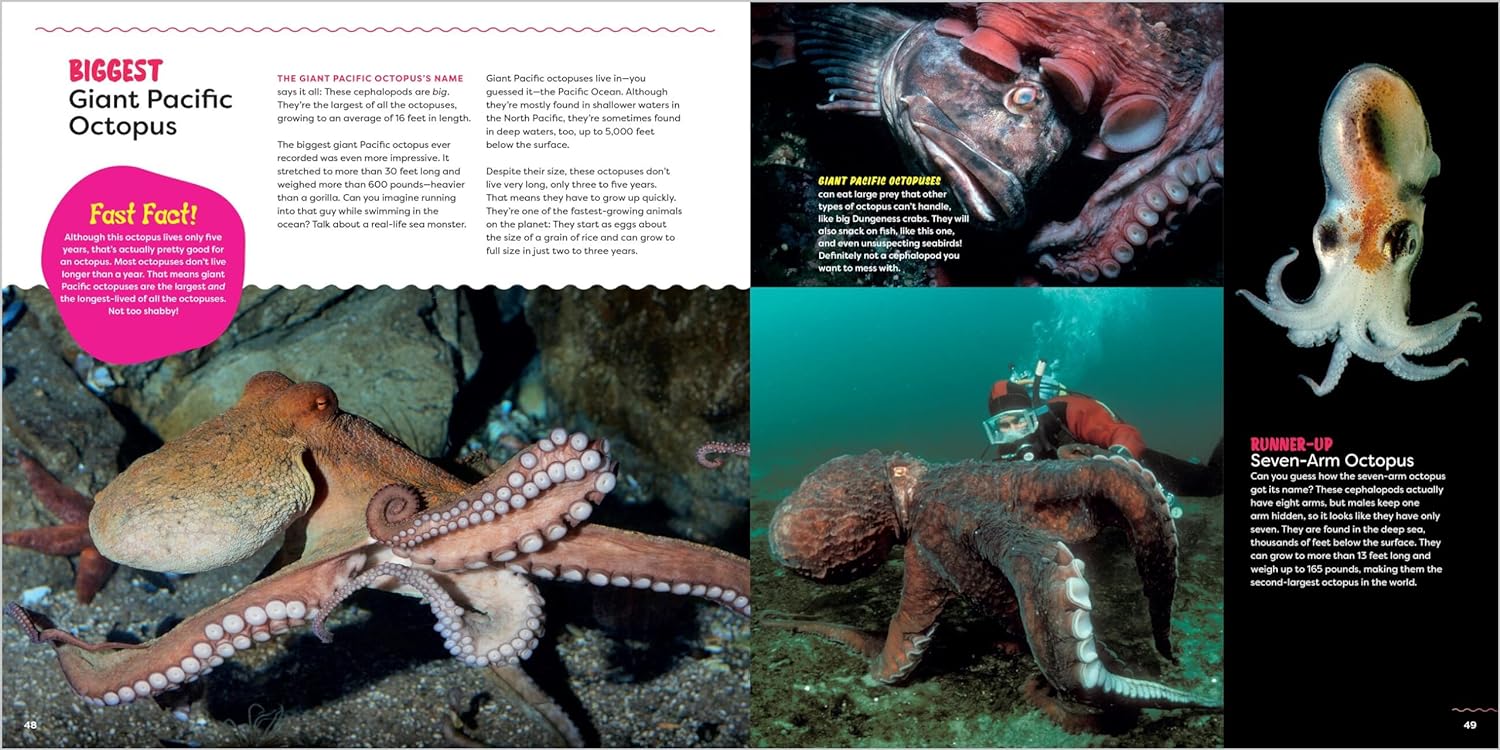

Recommended For:



